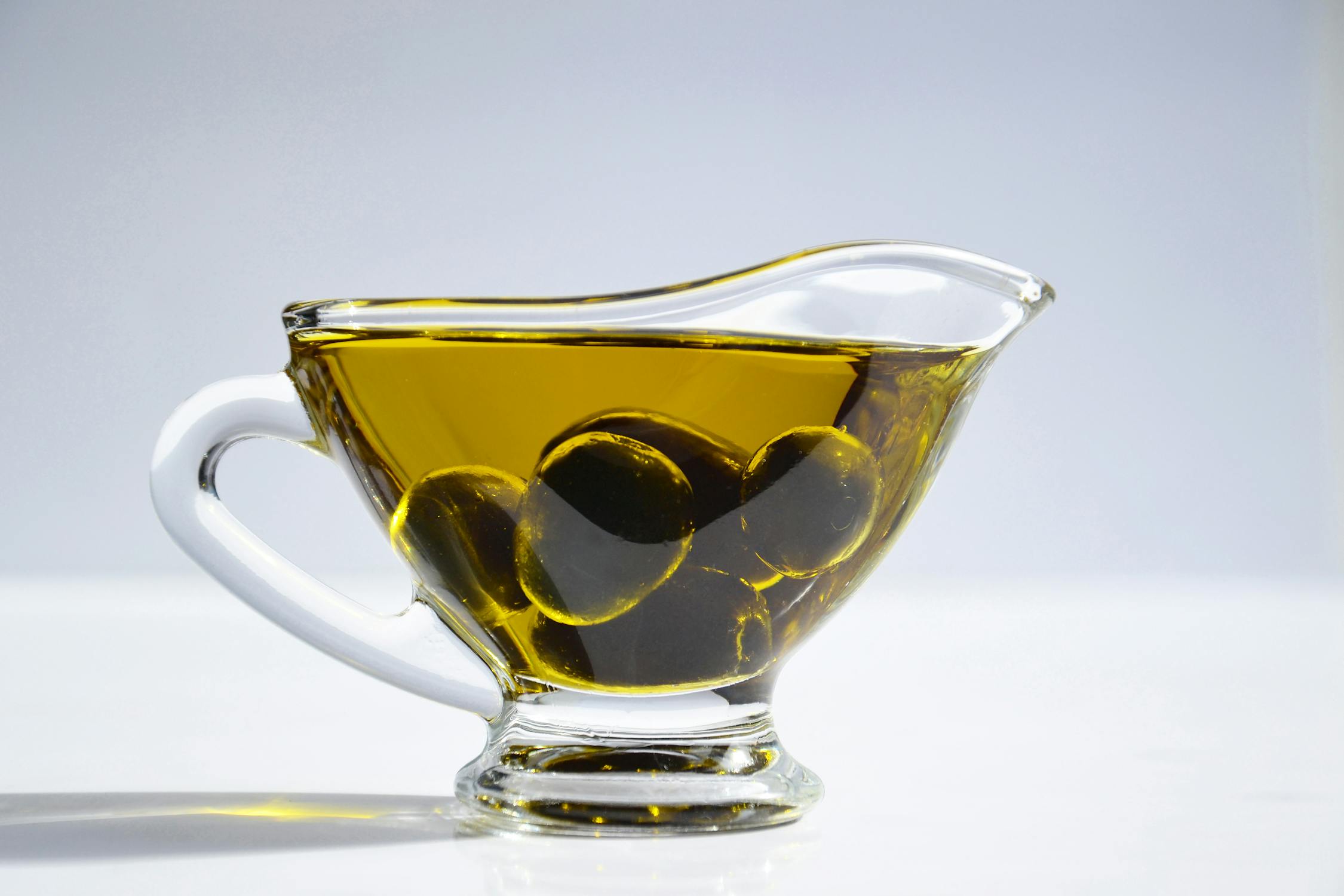Regular olive oil vs. extra virgin - what’s the difference?

Olive oil is a pantry staple across the world. It’s a popular type of oil that you can use when cooking foods or drizzle on top of pasta dishes and salads.
There are two main types of olive oil - regular olive oil and extra virgin olive oil. What’s the difference between the two? Let’s take a look.
What Is olive oil?
Olive oil is obtained from the fruits (olives) of olive trees. When these fruits are pressed, the oil is secreted, and this oil is then packaged and sold in stores, where you can buy it for your pantry. The difference between types of olives oils (regular, virgin, extra-virgin ) is how it has been processed.
Extra virgin olive oil
Cold-pressed extra virgin olive oil is the least processed form of olive oil, meaning it retains its natural flavor and nutritional profile. It is produced by grinding olives and then pressing them to extract the natural oils.
Extra virgin olive oil isn’t heated to extract the oils and no chemicals are used so it has a higher level of nutrients (the nutrients in olive oil are usually destroyed during the heating process). This means that it is more flavourful, making it a great option for drizzling on foods.
Virgin olive oil is extracted the same way. Its difference lies in its grading. This means that when tested it has a higher level of free acids and minimal defects.
Regular olive oil
Regular olive oil, also known as pure olive oil, is a blend of unrefined extra virgin olive oil and refined olive oil. This type of oil has a more neutral flavor and tends to be less expensive than extra virgin olive oil, making it a great choice for cooking.